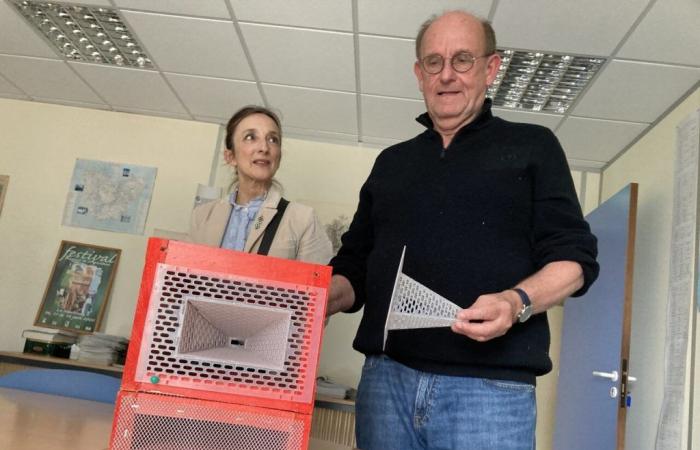Par
Cyrill Roy
Published on
June 22, 2024 at 9:30 a.m.
See my news
Follow La Dépêche Évreux
If we had to find a positive aspect to the more than average weather as summer approaches, it would be its effect on the presence of the Asian hornet. According to the Eure Health Defense Group (GDS), three times fewer nests have been destroyed since the start of spring. The other side of the coin: the weather is also fatal for beeswho are dying of hunger.
“we especially want to protect the apiaries”
Since its arrival in France in 2003, the Asian hornet has grown in the territory. In four years, the Department helped finance the destruction of 10,000 nests. Either around 2,500 each yearwhile the average was 1,000 per year before 2019. The Asian hornet thrives particularly in suburban areas and valleys.
“There are a lot of fantasies about the presence of the hornet. At first, we wanted to push him away. But today, we especially want to protect apiaries,” underlines, pragmatically, Jean-Paul Legendre, vice-president in charge of agriculture, rural life and animal welfare at the Department.
“An economic issue”
The first reflex to adopt when you notice the presence of a nest? Contact the GDS on 02 32 23 86 86 or via its online platform. The group can then direct a list of approved shredders. “We avoid wild destruction with a jet of water or a gun,” warns Philippe Picard, head of the beekeepers section at the GDS.
To help individuals take the plunge, the Department is renewing its assistance of 30% of the bill (capped at €30) for the destruction of a nest. Assistance that can be combined with that which other communities can offer. “You are not alone,” insists Myriam Duteil, vice-president in charge of the Ecological Transition.
The other essential action is the trapping. But here again, it must not be done haphazardly, at the risk of being harmful to wildlife. 300 traps made up of two cones and a box with bait (beeswax or a mixture of beer, syrup and white wine) are made available to beekeepers by the Department. A seemingly simple device, but very effective when placed next to an attacked apiary. Above all, it has the merit of being perfectly adapted to Asian hornets, the only insects incapable of getting out of the box. “It’s an economic issue: Asian hornets destroy beekeepers’ working tools,” summarizes Myriam Duteil.
Follow all the news from your favorite cities and media by subscribing to Mon -.






